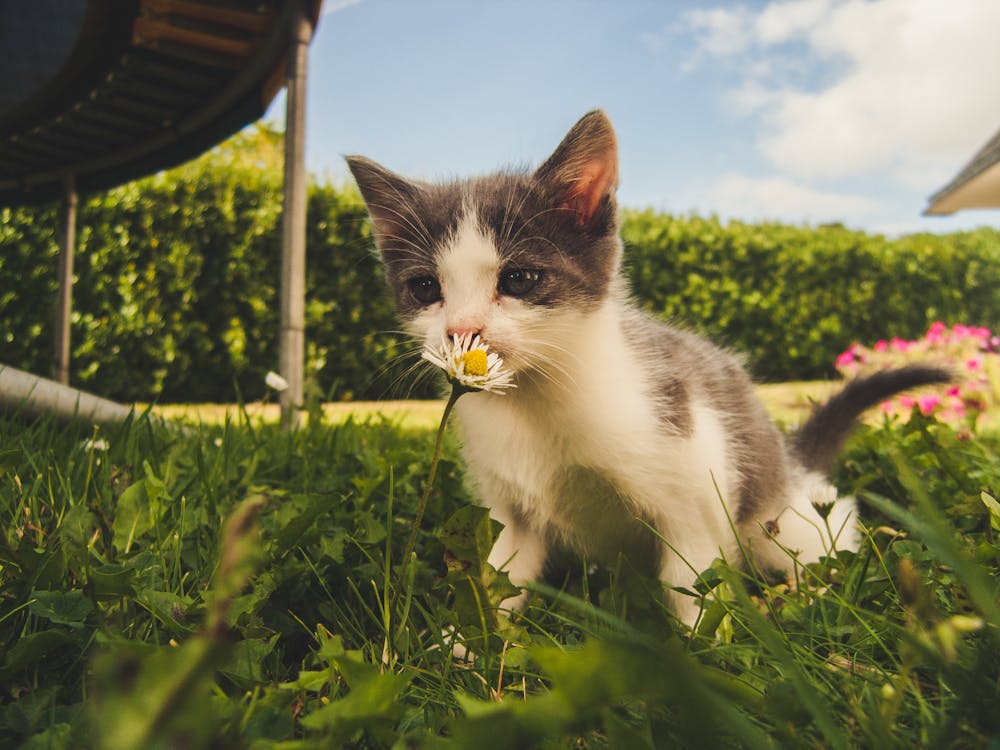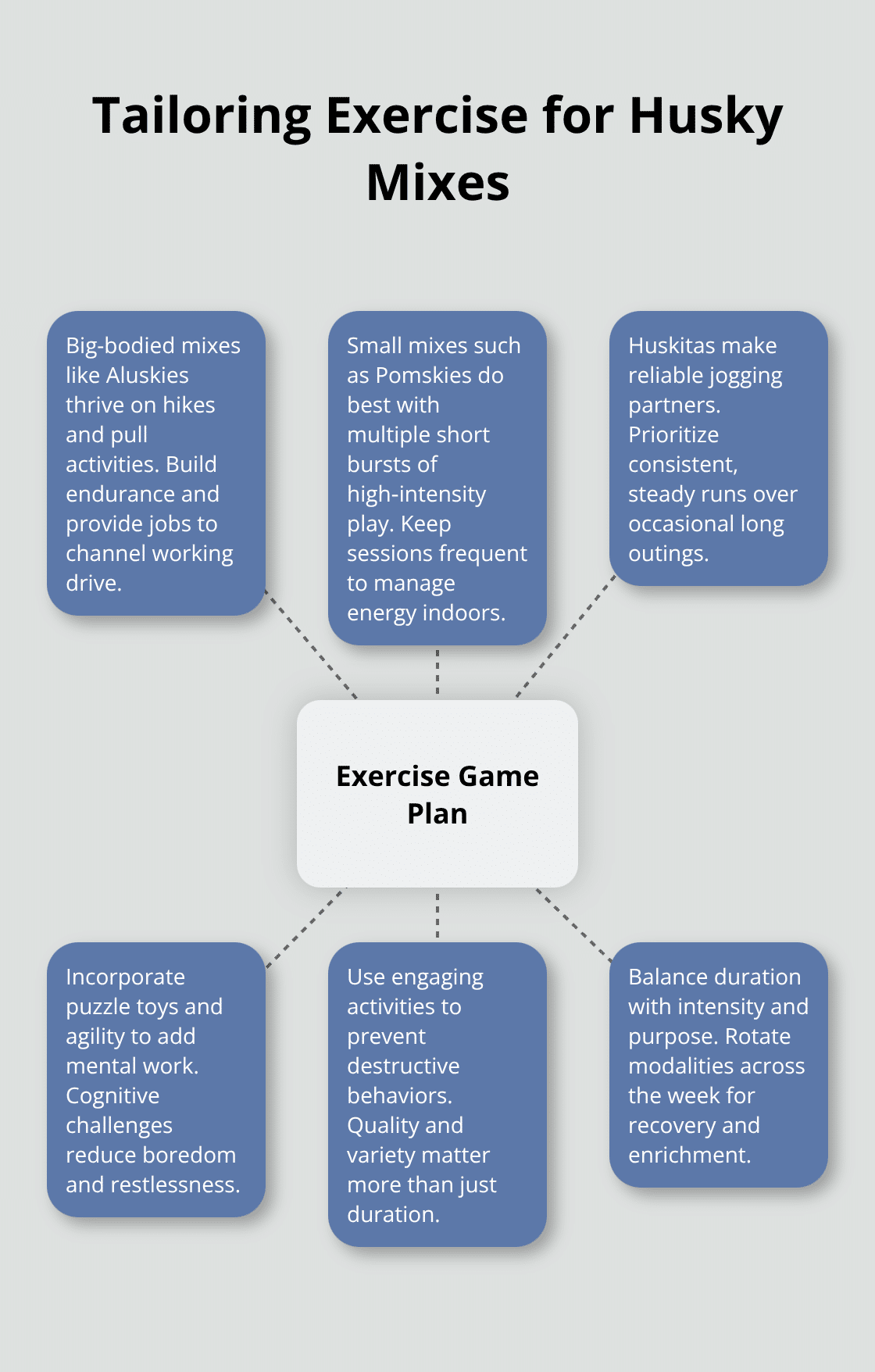
images: pexels.com
A cat is a domestic animal that is also a member of the genus Felis. The Latin word for cat is feline, and the Greek word is kattikos. The Egyptians used to call cats 'bedu,' which means 'divine.' Bedu cats were revered as divine creatures; they guarded tombs and had power over the afterlife. In ancient Egypt, cats were mummified and kept as companion animals for the dead. Throughout history, cat breeds have been created to look like different animals, such as birds, monkeys, dogs and even people. A 2019 study found that there are nearly 70 cat breeds. Each breed has its own unique personality traits. For example, Siamese cats are social and affectionate while Maine Coons are gentle and quiet. A typical domestic cat is between 6 and 8 pounds when they're fully grown and has a body length between 4 and 6 inches and an average height of 5 to 5.5 inches. A domestic cat's coat is usually solid colors with a pattern, but some variations of lynx cats have a roving 'self-maintaining coat.'
Domestic cats are social and intelligent animals. They're generally good at hunting, have distinct personalities and possess grace in movement. In addition to assisting humans in keeping healthy animals, cats have also kept us entertained with their various antics- from climbing curtains to knocking over dishes by accident. Since cats possess both great physical attributes and playful natures, humans have learned to take advantage of their natural abilities in both defense and culinary capacities. For instance, if a human needs to keep away unwanted animals such as mice or rats, she may choose to use a cat instead of purchasing expensive dog food or hiring a dog guard. On the other hand, if someone needs help in the kitchen by catching mice or other small insects, she may seek out a friendly feline for companionship rather than hiring an expensive pest controller.
Despite being considered pets in today's world, cats were once considered domesticated animals. Although they were originally kept ashunting tools in ancient Egypt, China, Greece and Rome- where they were known as 'lilium.' Today's domestic cats thrive due to being provided with food, shelter and safety from predators through human intervention. However, before people began keeping cats as pets, these animals functioned as pest controllers in many cultures around the world. Cats were originally domesticated as long ago as 10,000 BC in Egypt; this fact has been proven through DNA analysis of ancient Egyptian remains that possess feline DNA. Although they're generally good at hunting down rodents like mice or gophers, cats can be dangerous when they're fed by humans. As cruel as it sounds when speaking metaphorically, some felines become so hungry that they'll eat their own kittens- or anything else that is available to them.
As mentioned previously, some domestic cats are part of a family's or a tribe's heritage. In some parts of the world- such as Europe or Asia- there's also a cultural history associated with having a cat in the family. Cats have been used in fertility worship for centuries in China so that the owners will have baby sons. In ancient Egypt where mummification was practiced, felines were sometimes used to transport mice to the tombs for food for the afterlife tomb guard cats. Ancient Egyptians believed cats had souls; this is probably why they were revered as sentient creatures with an afterlife heritage. The Chinese have long loved cats; even today there are more than 20 million registered cat breeds in China alone!
According to Thomas Tryon's book European Cat: An Owner's Manual (1830), felines are excellent at seeing patterns and are quite intelligent despite their generally unsocial natures when compared to other mammals like dogs or primates. Although we've mostly usedcatsfor pest control purposes in the past- thanks to medical advancements they're now more commonly used in our everyday lives for companions







 English (US) ·
English (US) ·